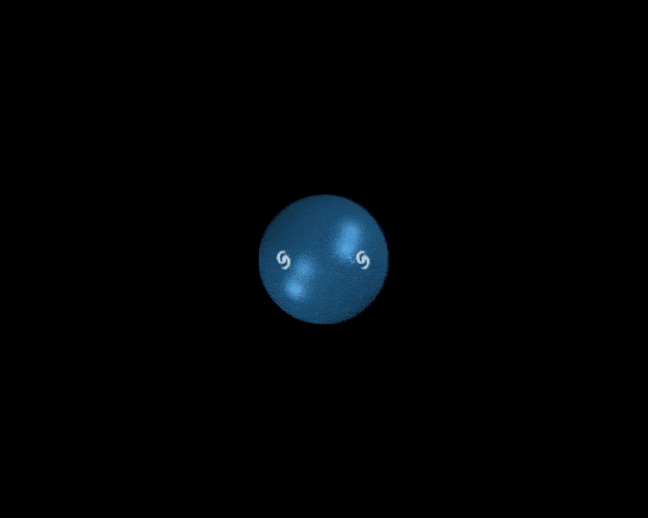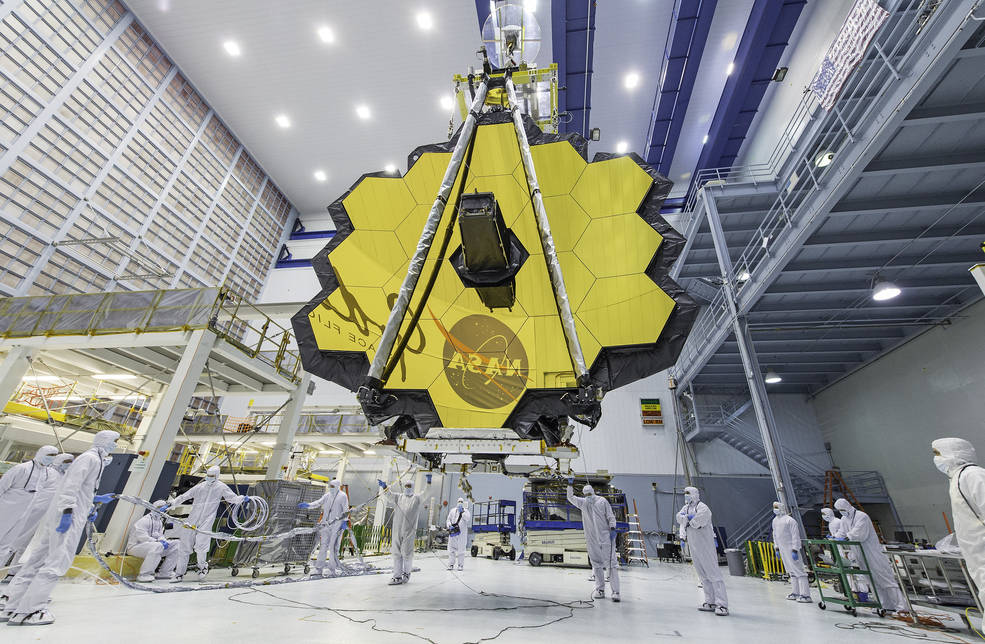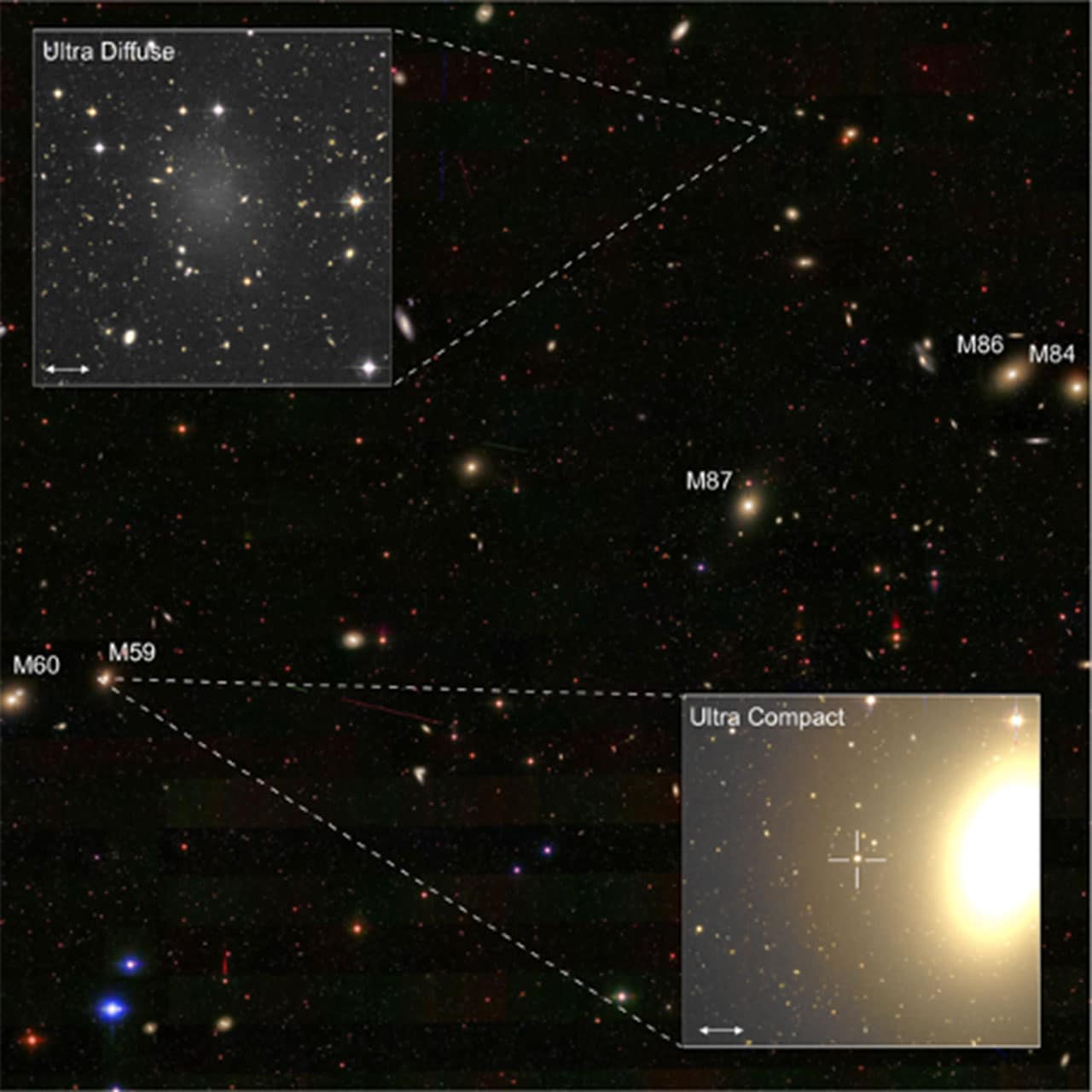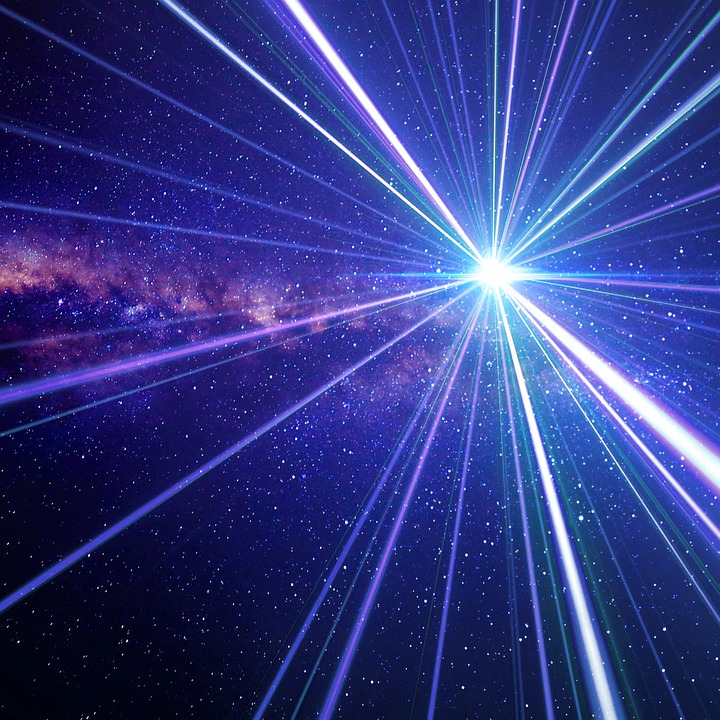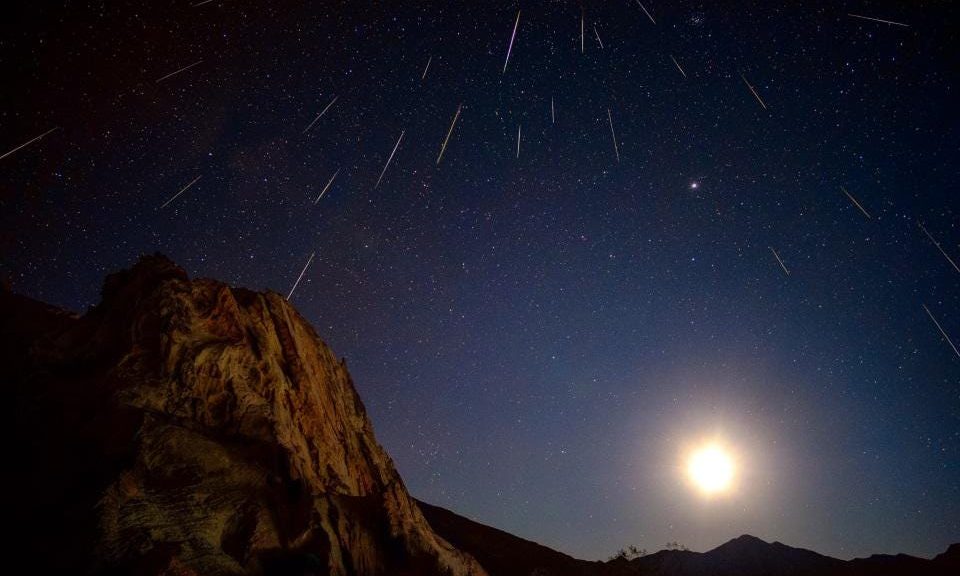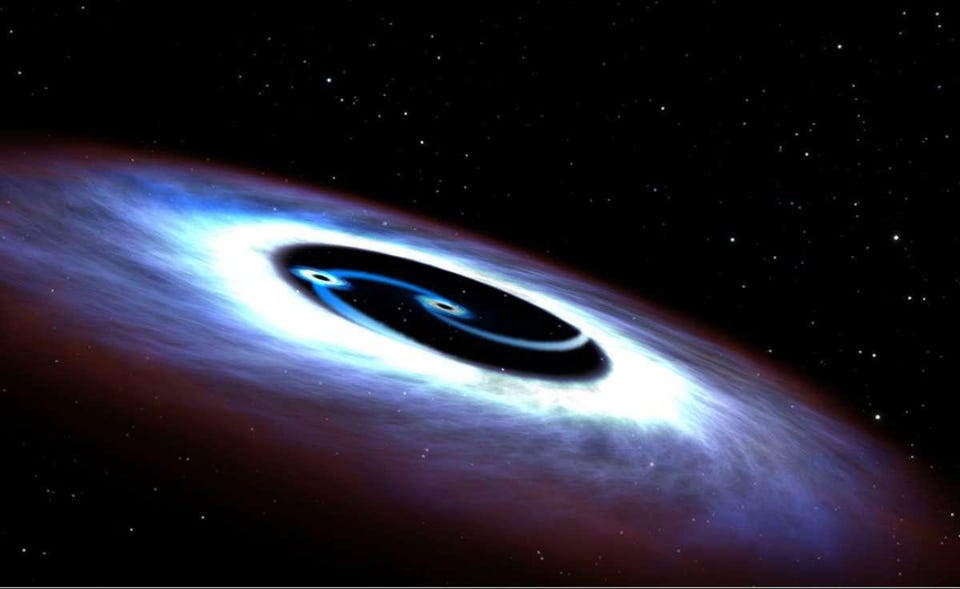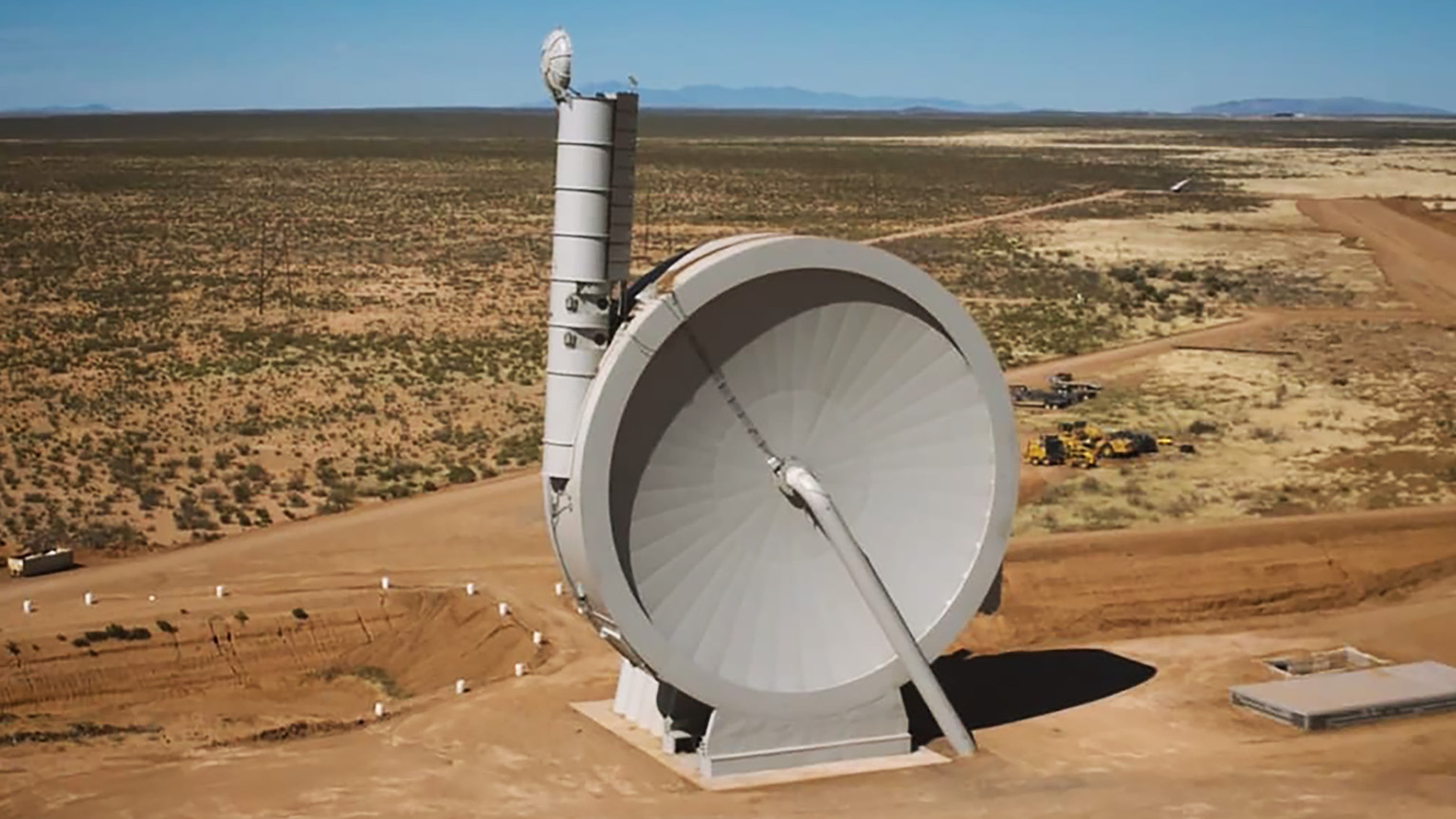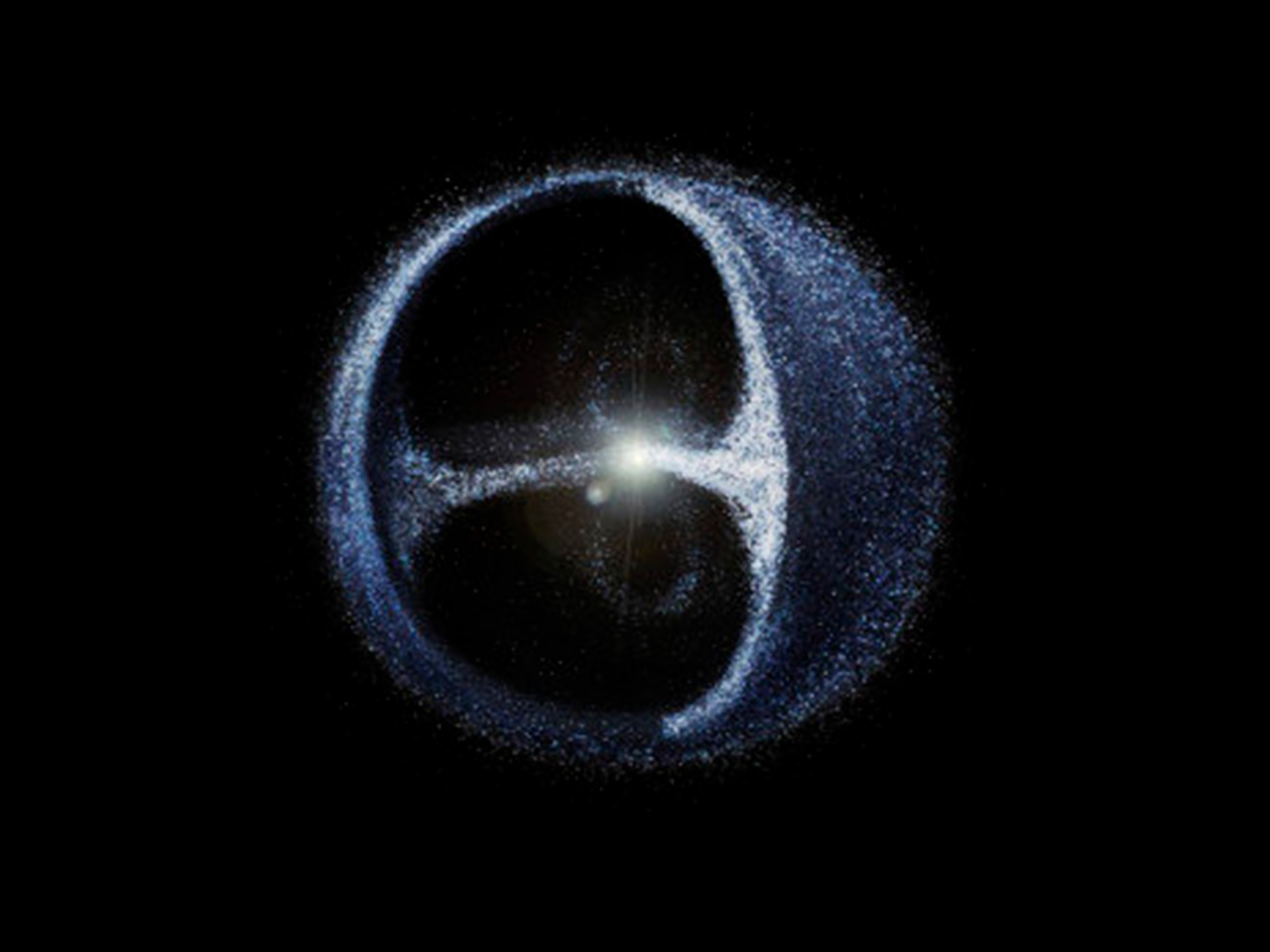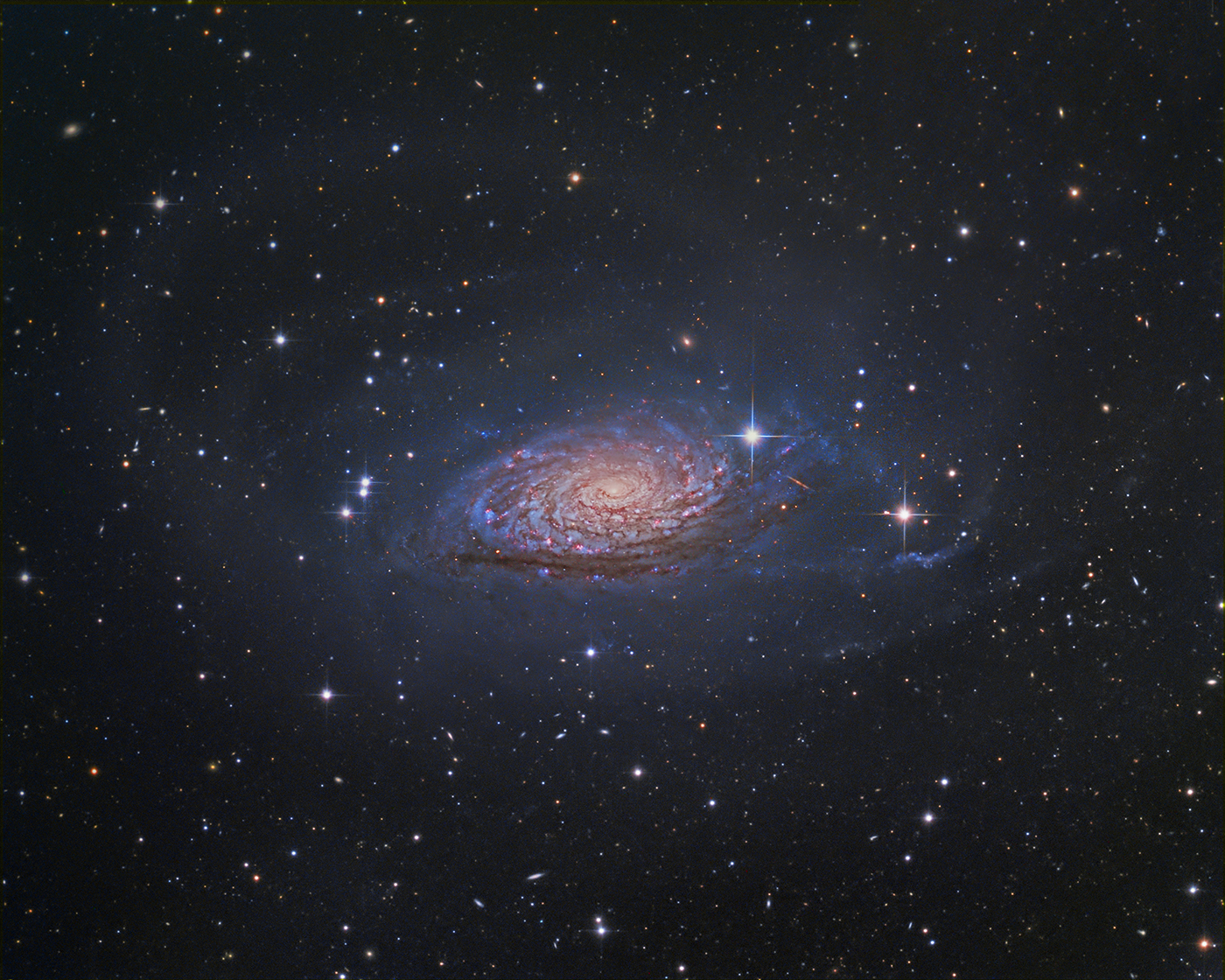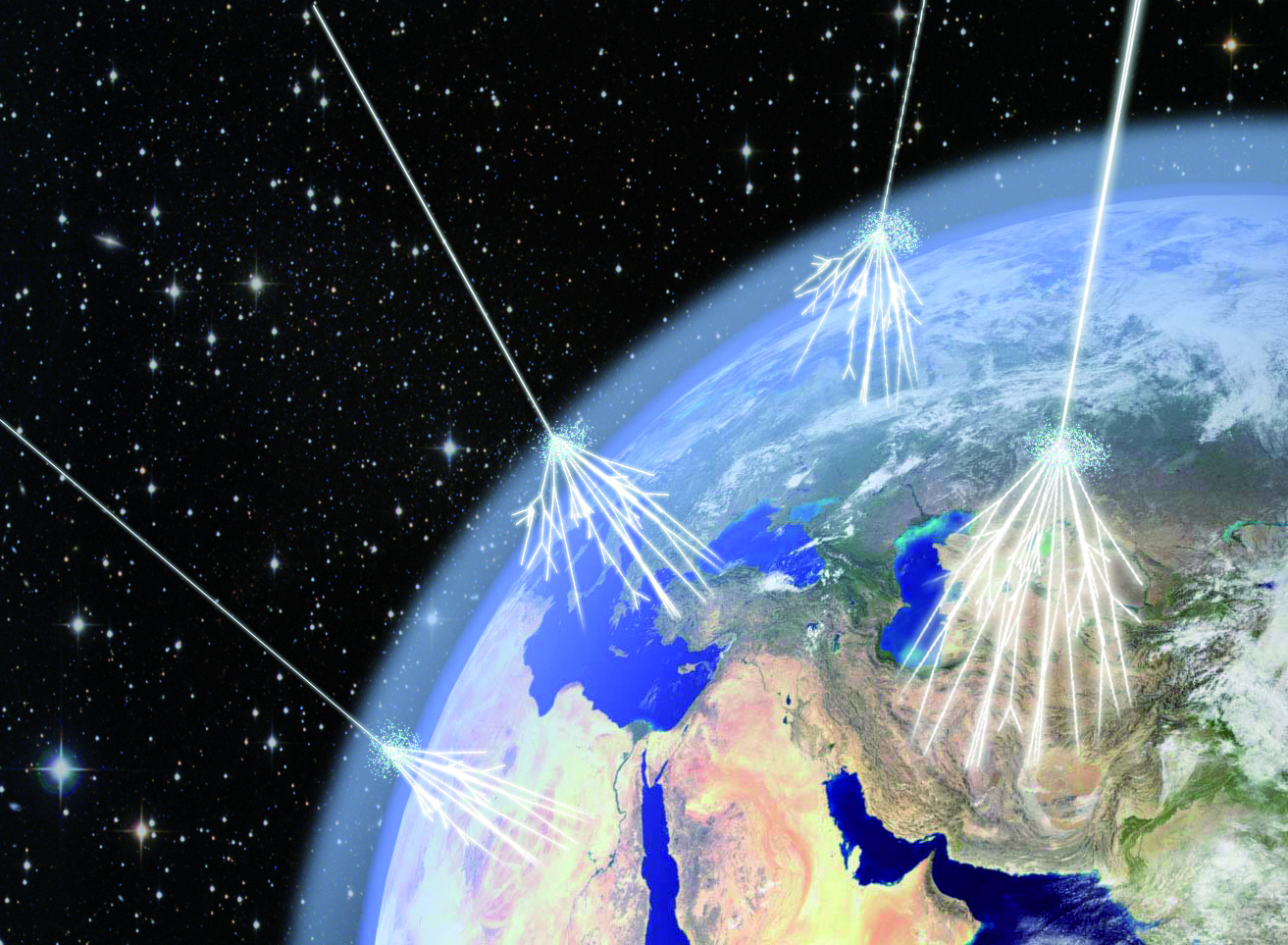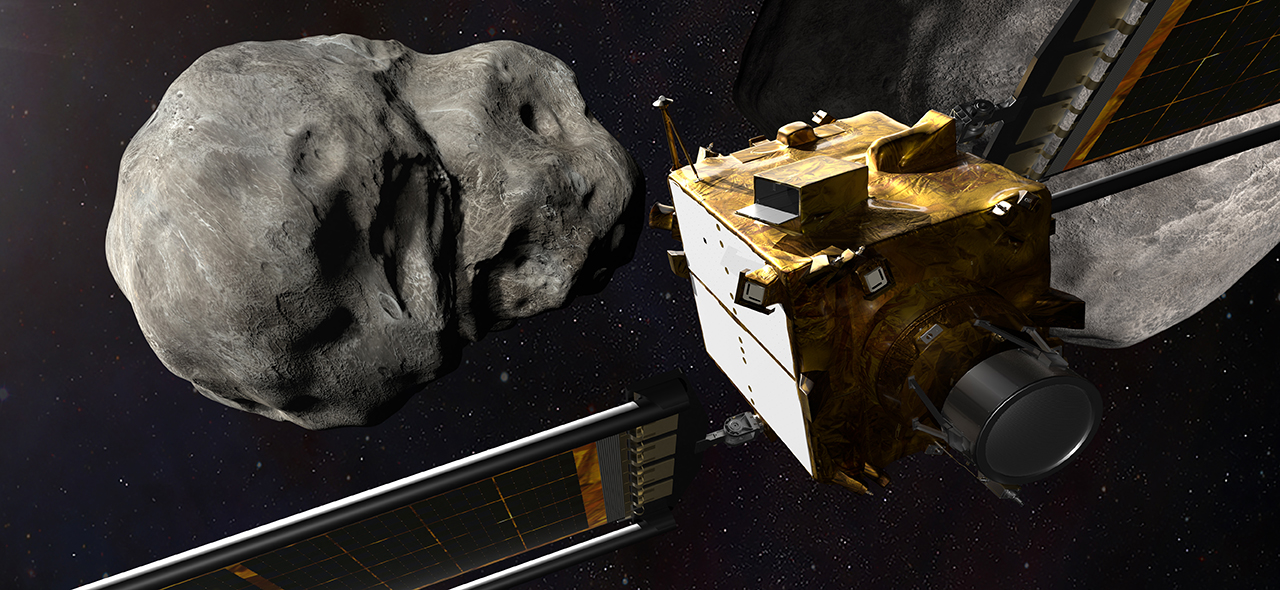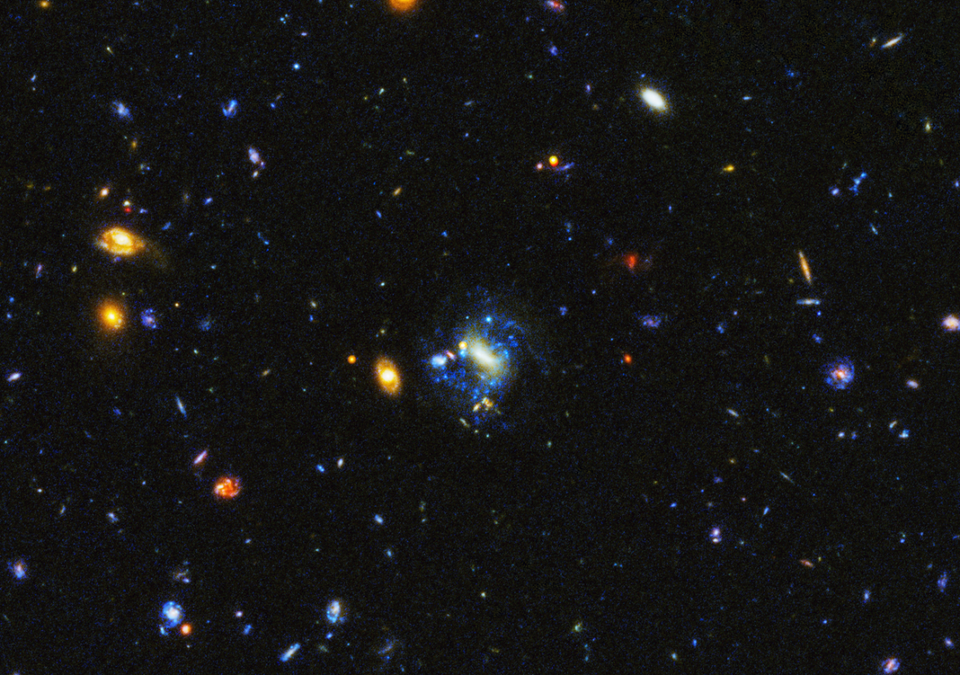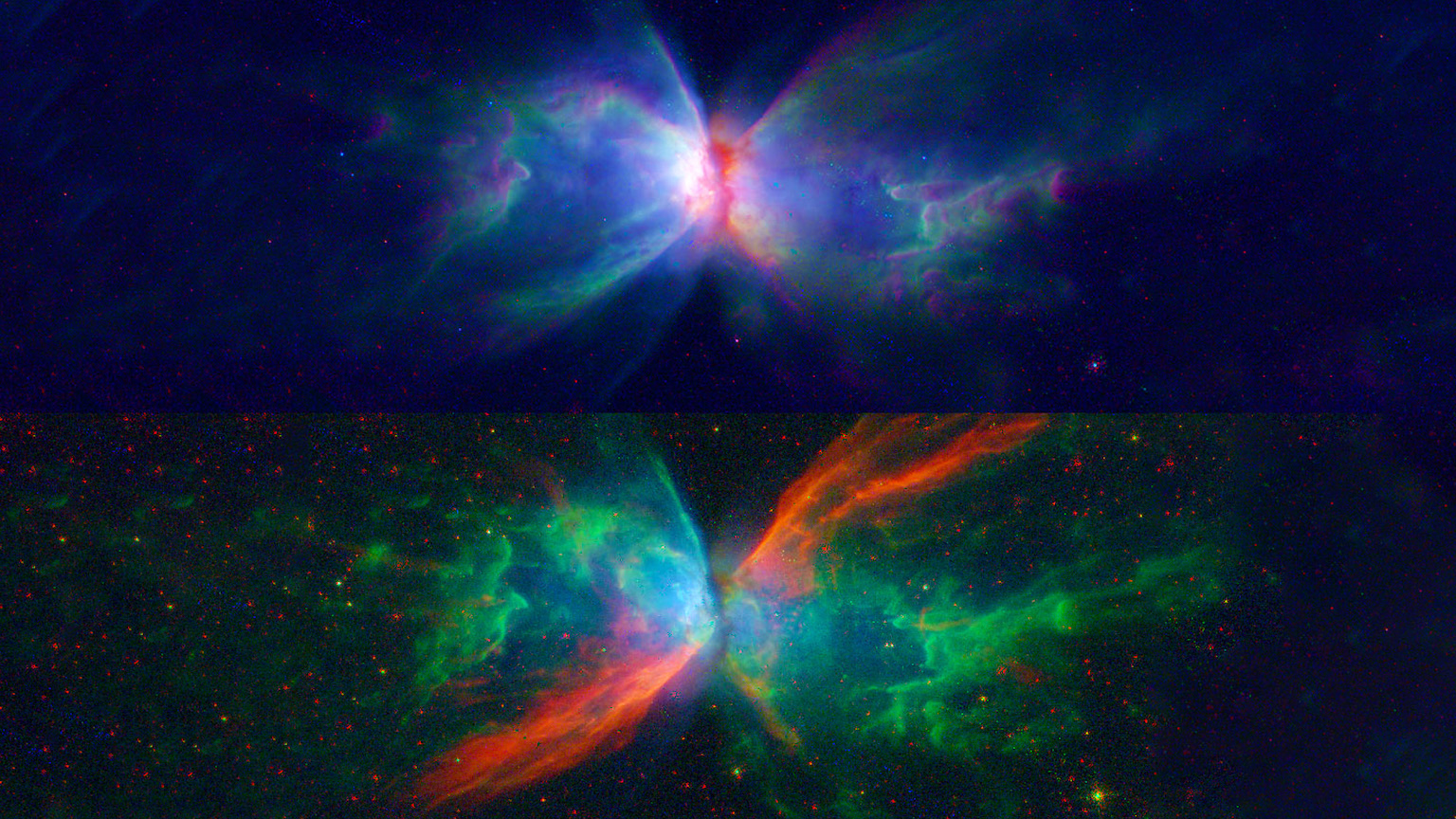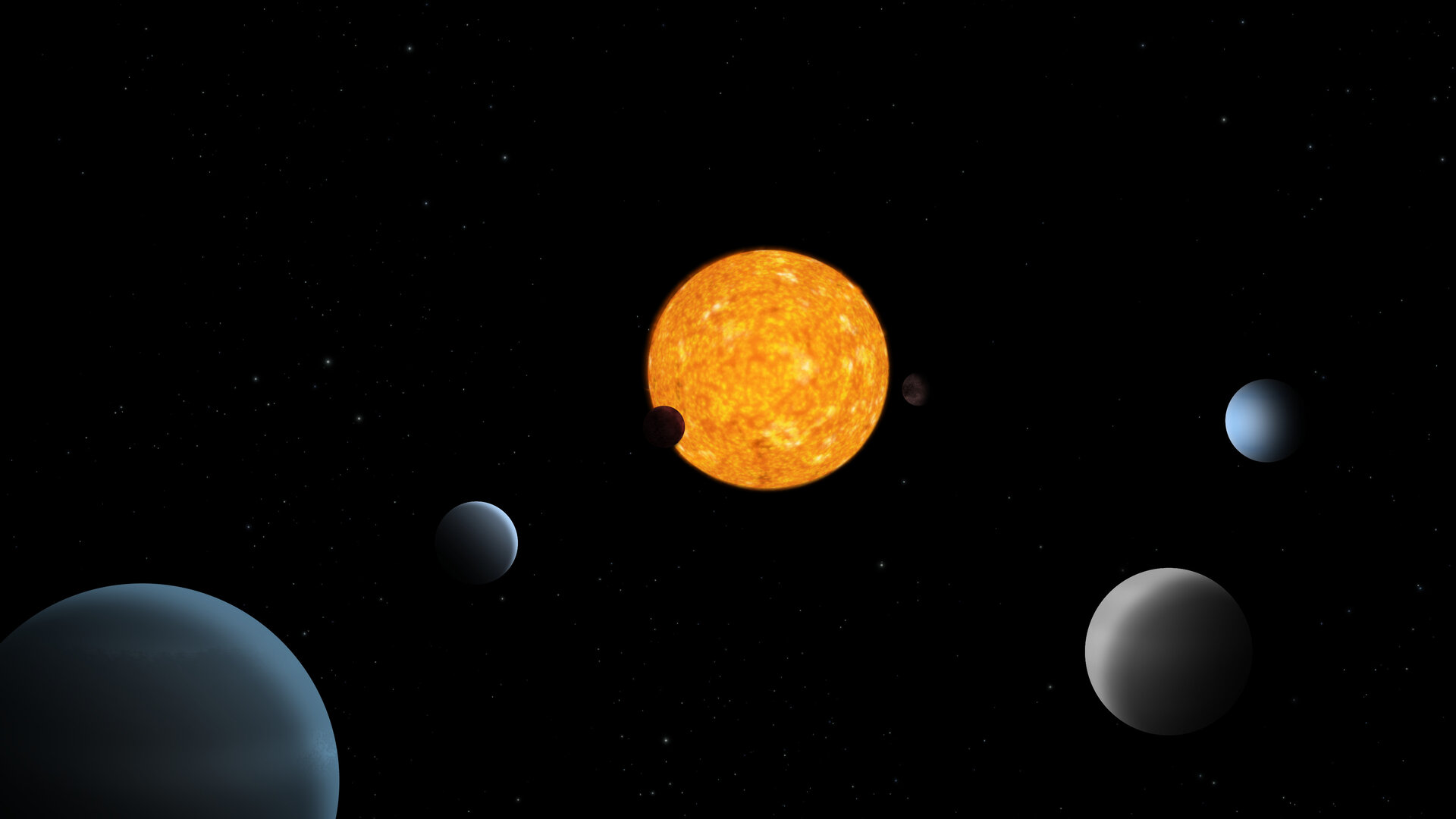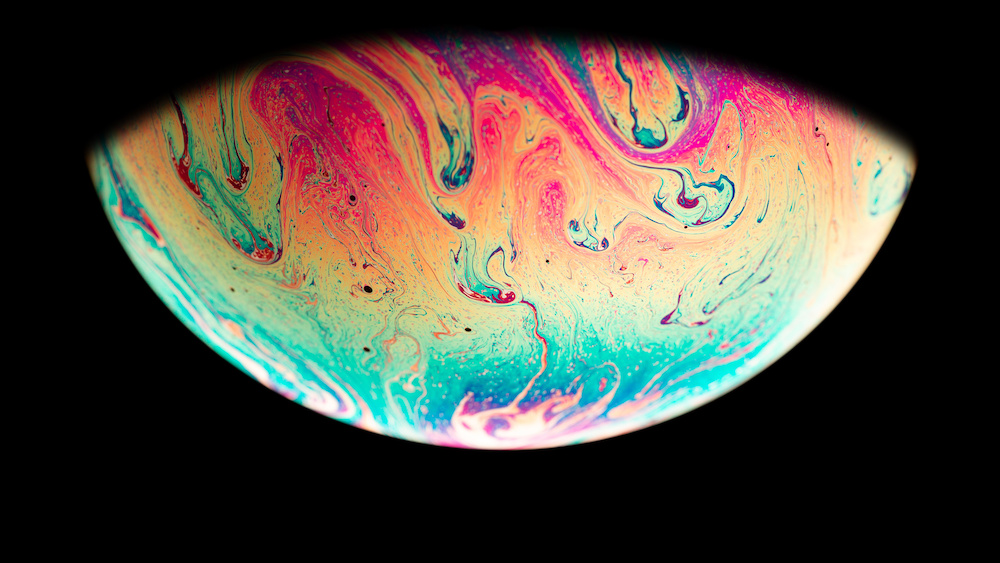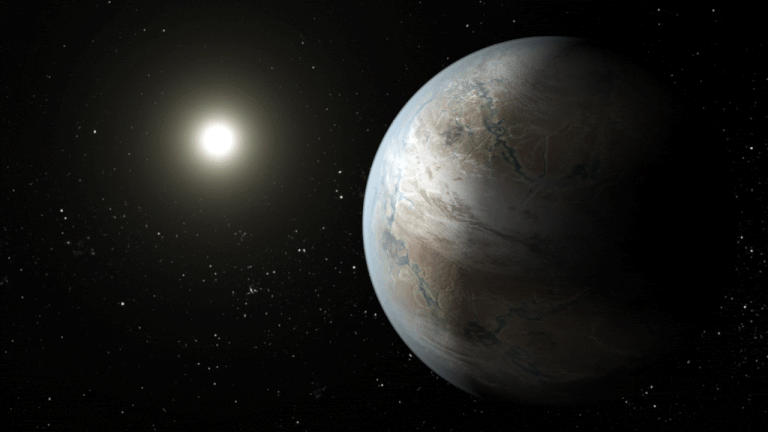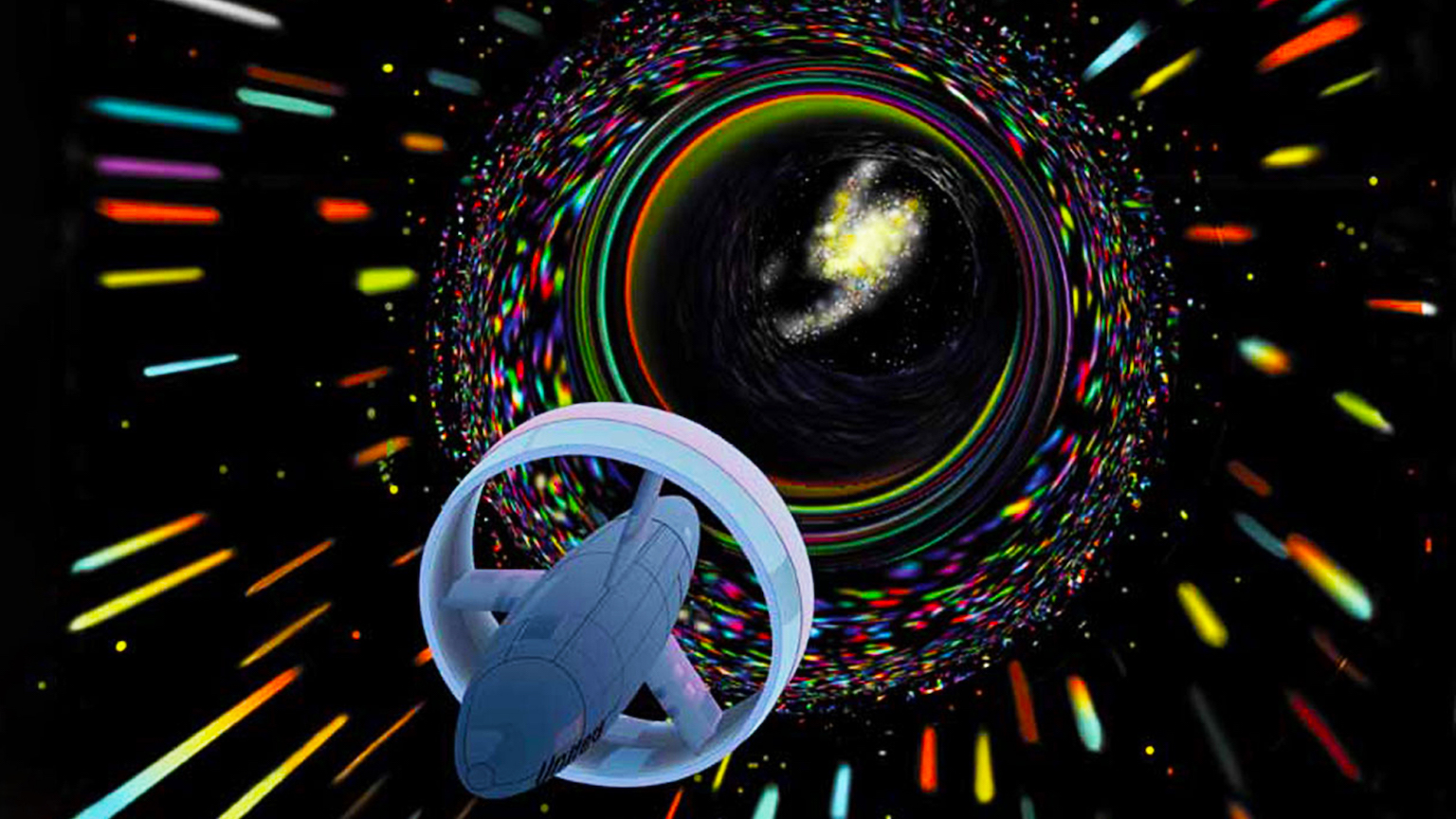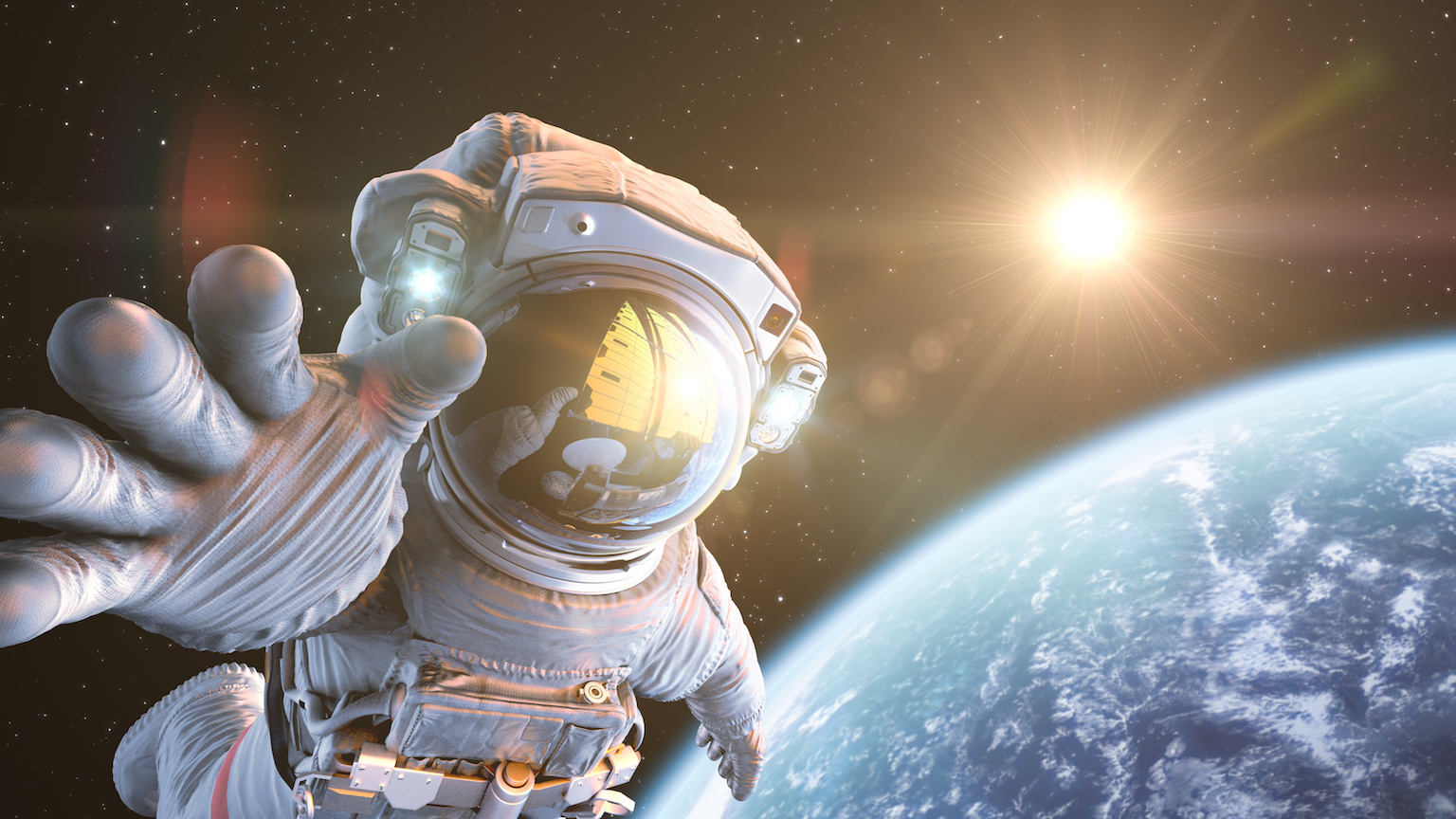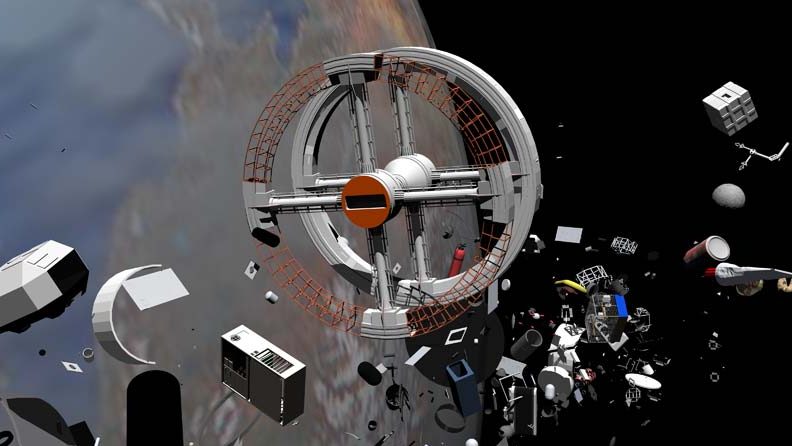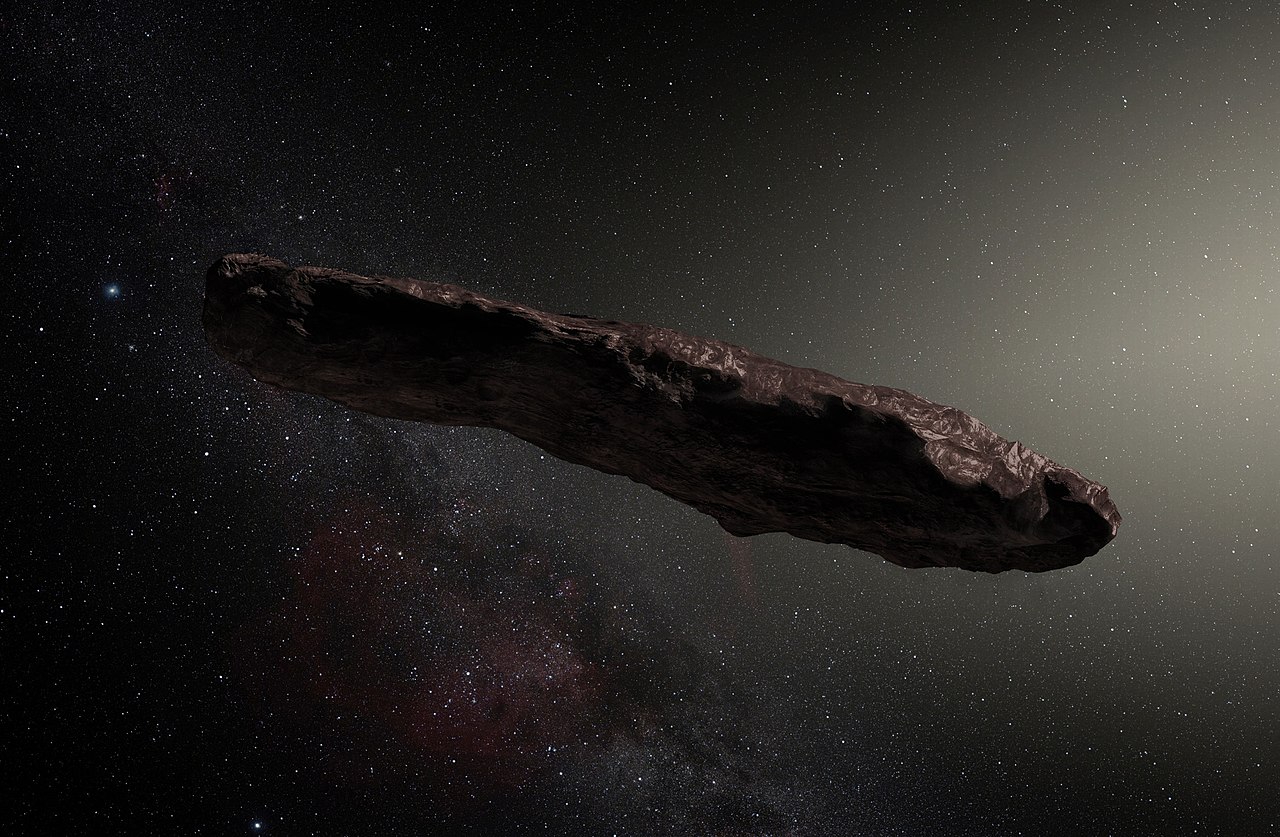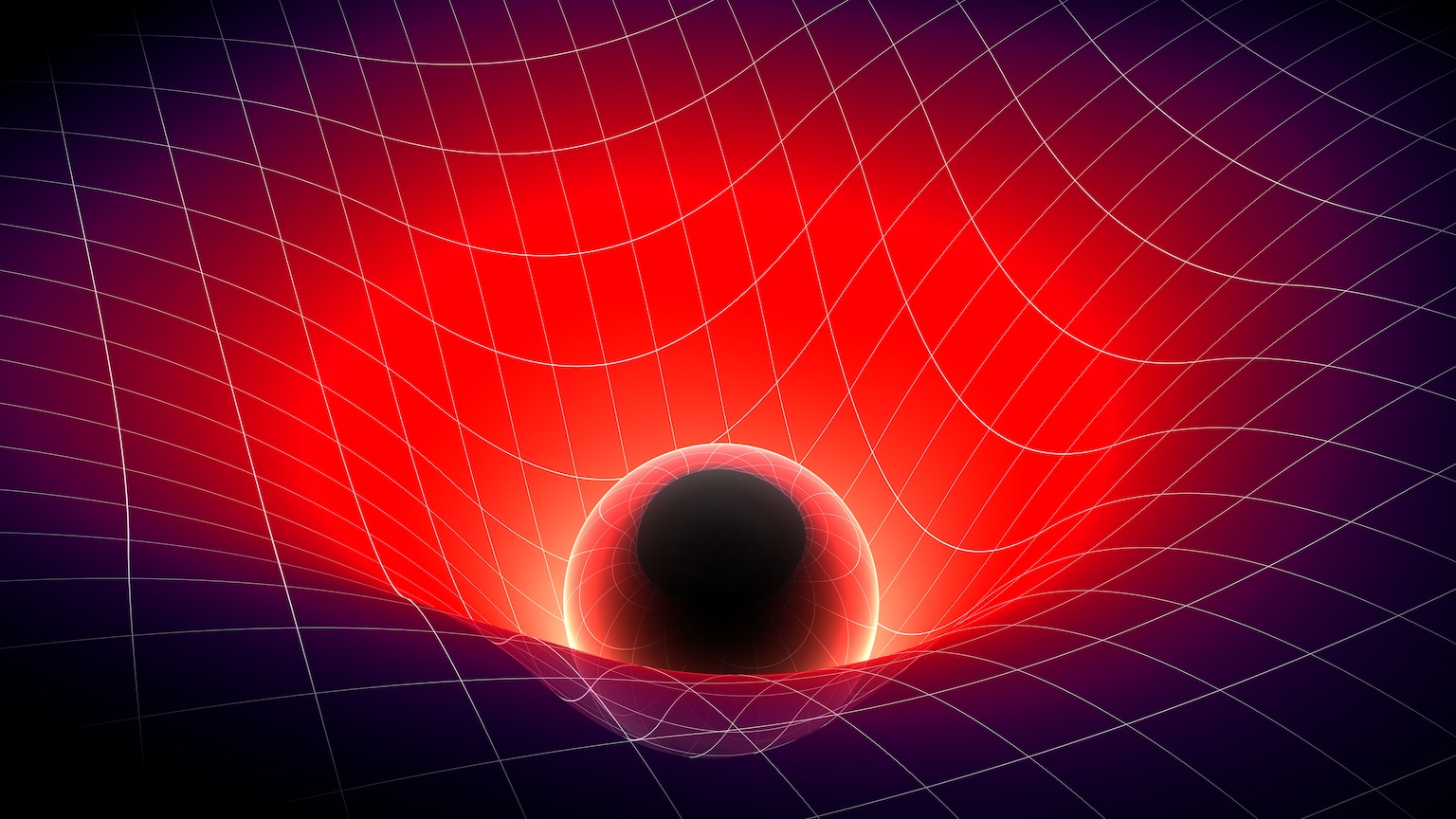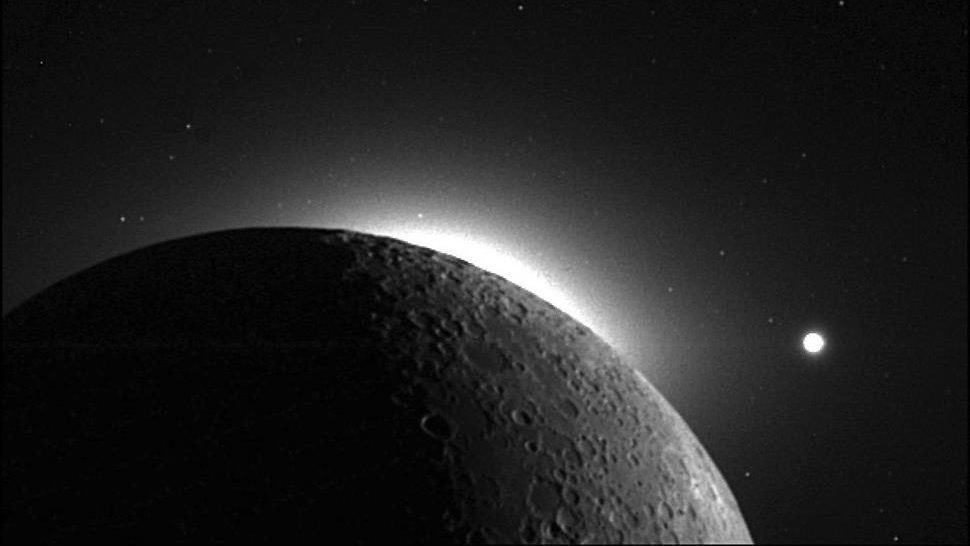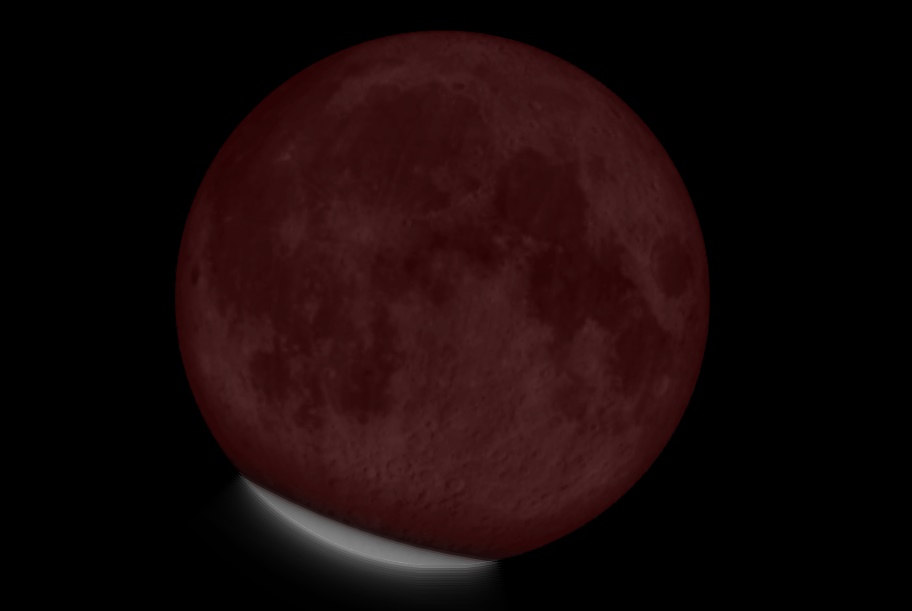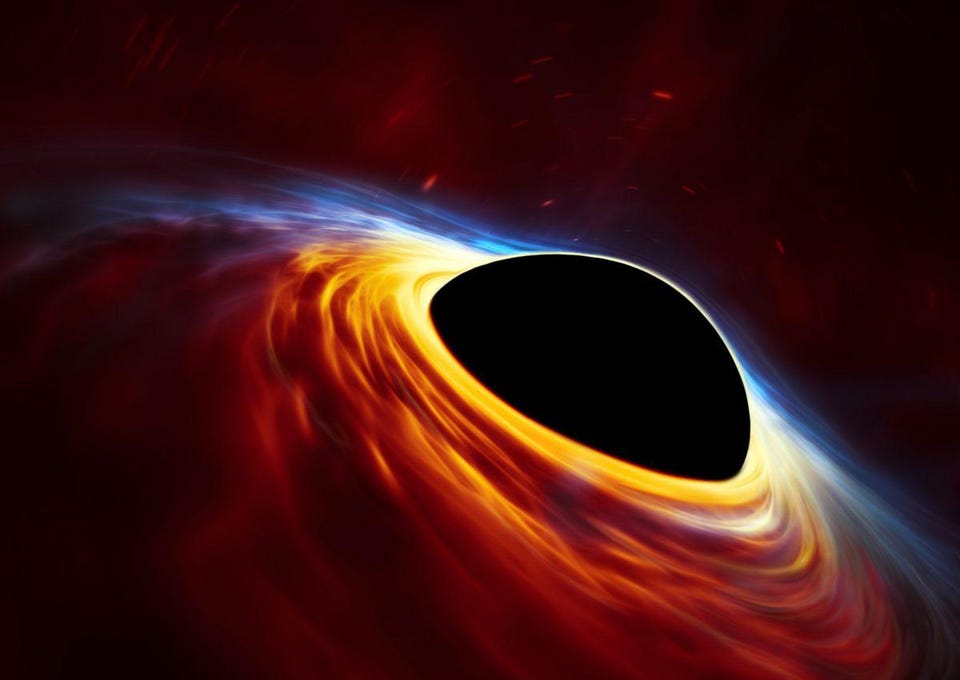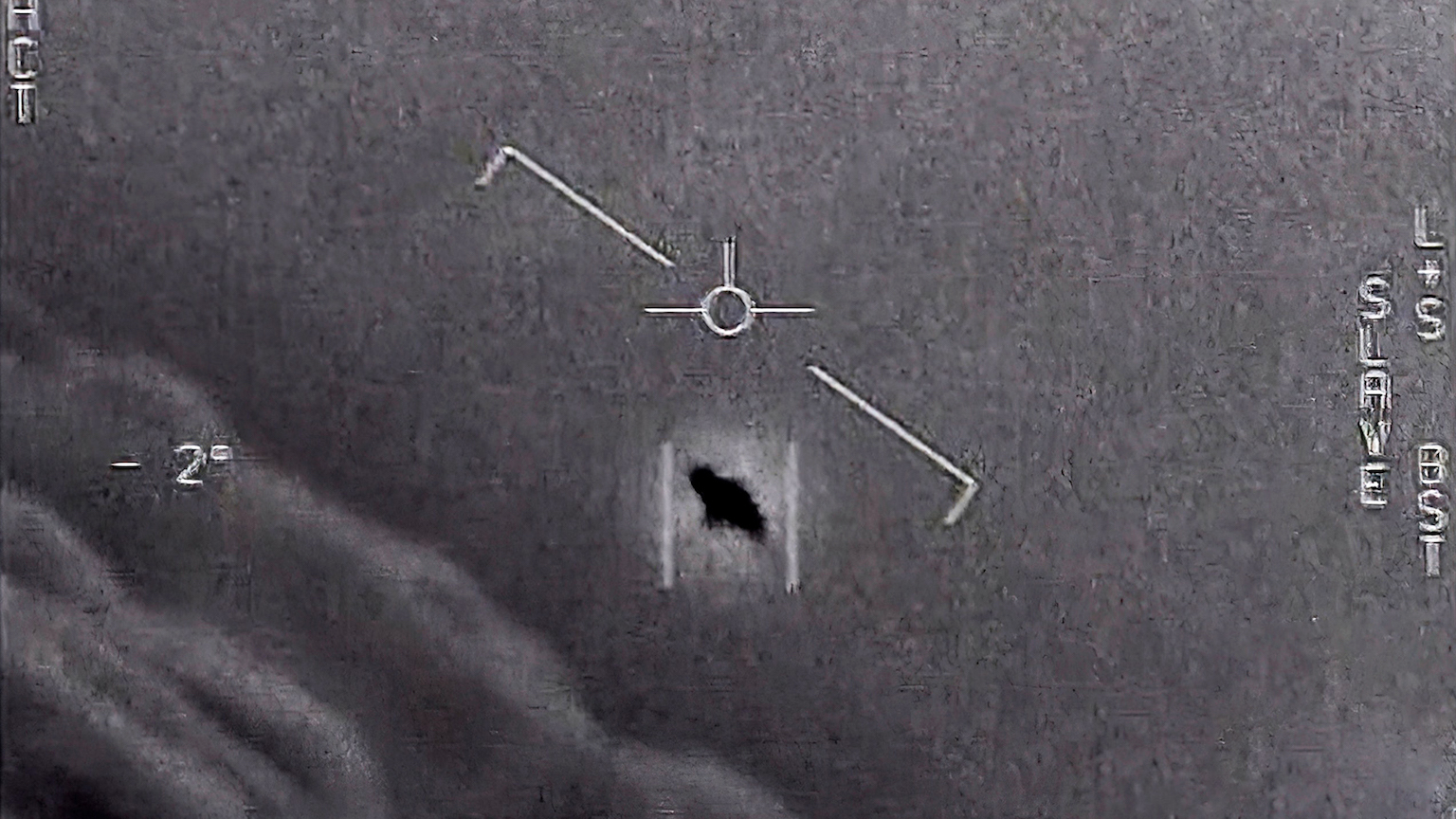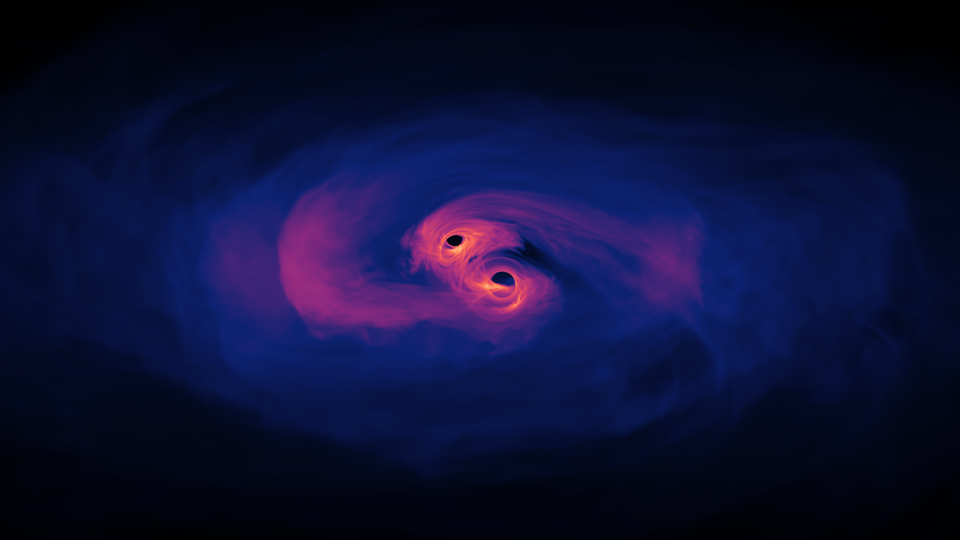Space & Astrophysics
After more than two decades of precision measurements, we’ve now reached the “gold standard” for how the pieces don’t fit.
After decades of development, whether NASA’s Webb succeeds or fails all comes down to five critical milestones that are only days away.
A few years ago, the first dark matter-free galaxies were announced, and then immediately disputed. Now, there are too many to ignore.
The same (former) NASA engineer who previously claimed to violate Newton’s laws is now claiming to have made a warp bubble. He didn’t.
Every December, the Geminid meteor shower reaches its peak. Its 2021 show will be spectacular, but only if you do it right.
Even without the greatest individual scientist of all, every one of his great scientific advances would still have occurred. Eventually.
Binary black holes eventually inspiral and merge. That’s why the OJ 287 system is destined for the most energetic event in history.
SpinLaunch’s launcher, which is larger than the Statue of Liberty and works like the Olympic hammer-throw event, just came online in the New Mexico desert.
Our Solar System’s outer reaches, and what’s in them, was predicted long before the first Oort Cloud object was ever discovered.
Did the Milky Way form by slowly accreting matter or by devouring its neighboring galaxies? At last, we’re uncovering our own history.
As particles travel through the Universe, there’s a speed limit to how fast they’re allowed to go. No, not the speed of light: below it.
In 2022, the probe will crash into an asteroid while a nearby satellite captures it on camera.
Previously, only the brightest and most active galaxies could pierce the obscuring wall of cosmic dust. At last, normal galaxies break through.
We should all pause to appreciate the awe-inspiring beauty of the Universe.
The stars, planets, and many moons are extremely round. Why don’t they take other shapes?
Just 13.8 billion years after the hot Big Bang, we can see 46.1 billion light-years away in all directions. Doesn’t that violate…something?
From hellishly hot planets to water worlds, some distant planets are like nothing in our Solar System.
Finding out we’re not alone in the Universe would fundamentally change everything. Here’s how we could do it.
The majority of the matter in our Universe isn’t made of any of the particles in the Standard Model. Could the axion save the day?
There are a few possible solutions to the problem of interstellar travel, but they largely remain within the realm of science fiction.
Communication with home will be difficult on long-haul space flights. The longer this isolation goes on, the more detached a crew becomes.
On Nov. 15, 2021, U.S. officials announced that they had detected a dangerous new debris field in orbit near Earth. Later in the day, it was confirmed that Russia had […]
The most unique interloper into our Solar System has a natural explanation that fits perfectly — no aliens required.
Science continues to amplify our view of reality.
We once thought the Moon was completely airless, but it turns out it has an atmosphere, after all. Even wilder: It has a tail of its own.
We haven’t seen a partial eclipse lasting this long since 1440, and won’t again until 2669. North America is perfectly positioned for 2021’s.
Although most of the Universe’s mass is dark matter, which gravitates just as well as normal matter, it still can’t make black holes.
The latest gravitational wave data from LIGO and Virgo finally shows us the truth: there are no “gaps” in the masses of black holes.
Based on the atoms that they’re made out of, the innermost planet should always be the densest. Here’s why Earth beats Mercury, hands down.
